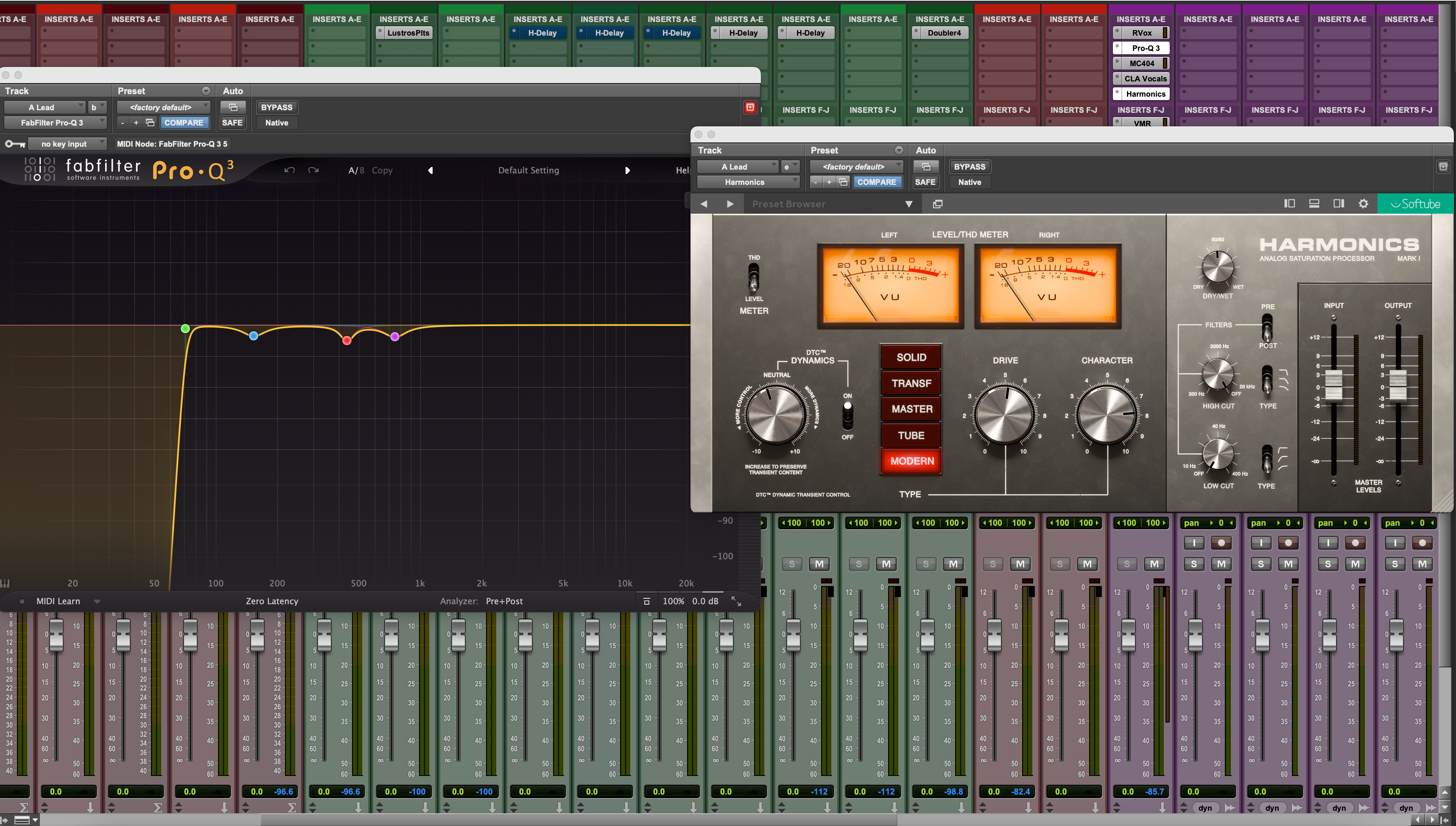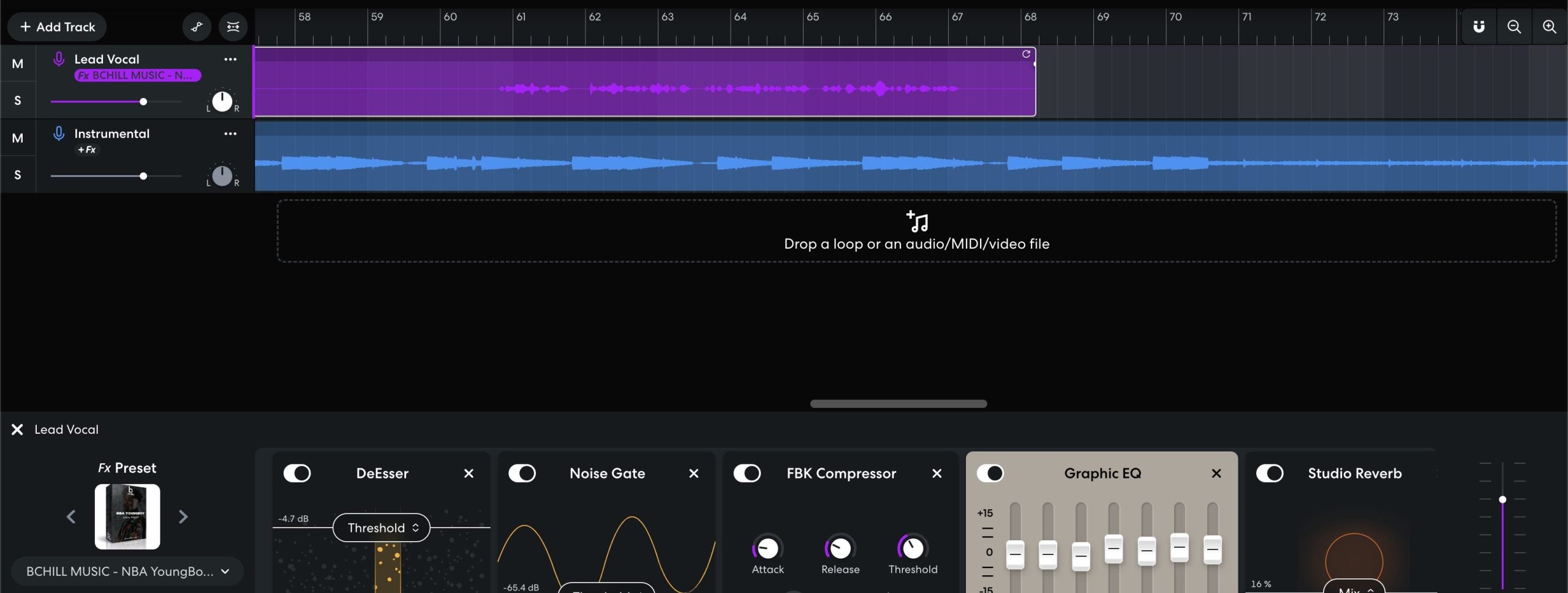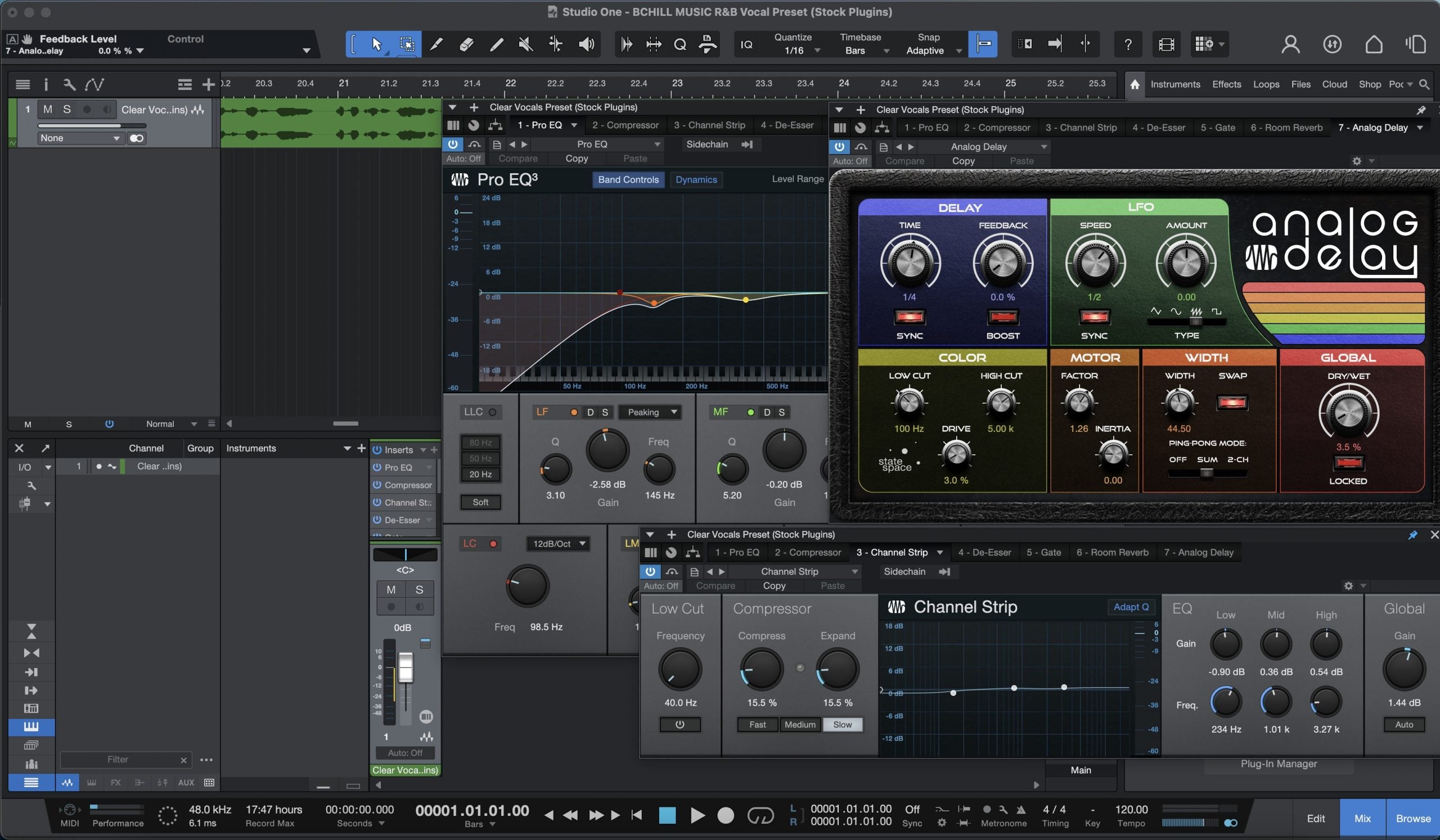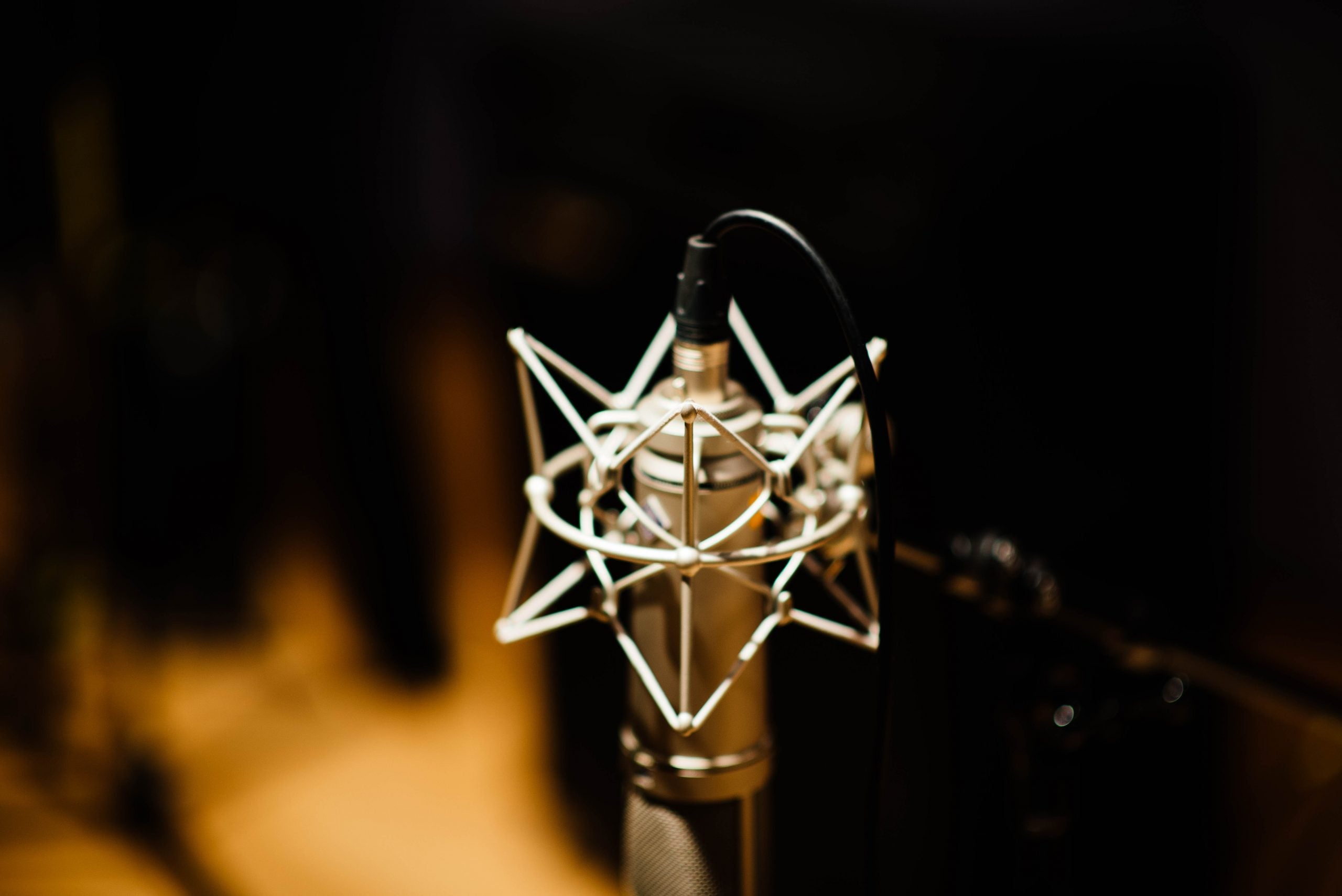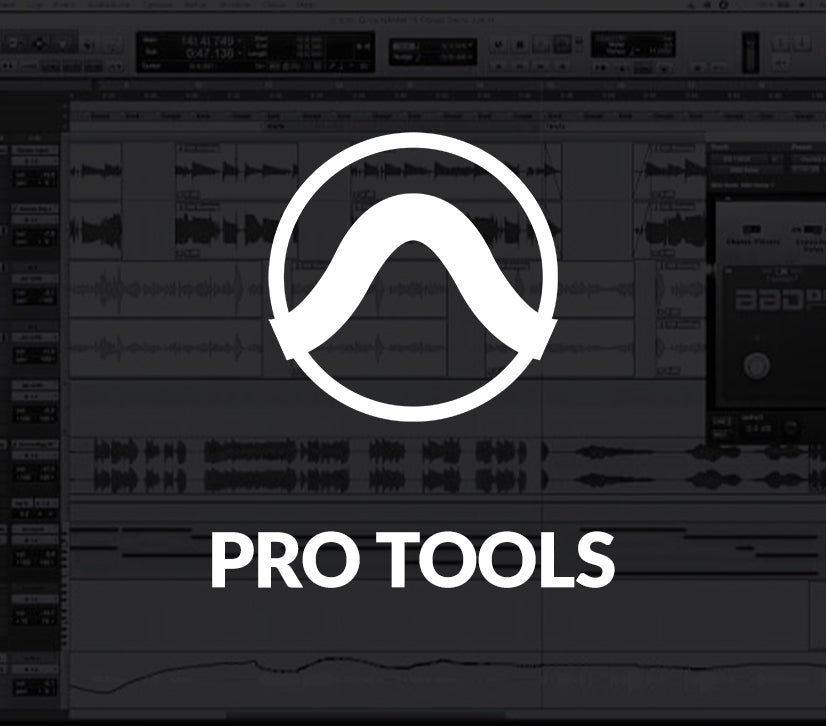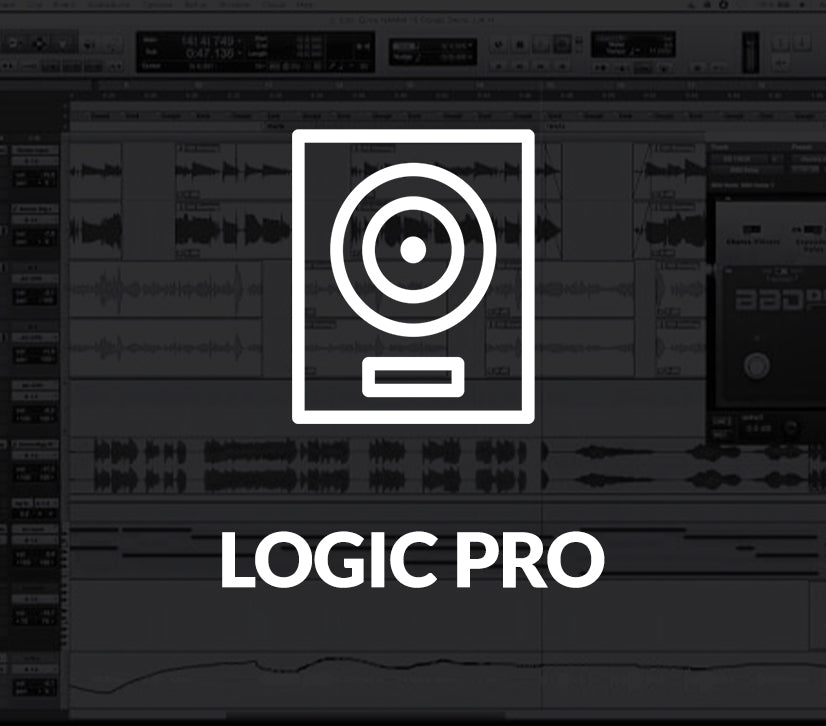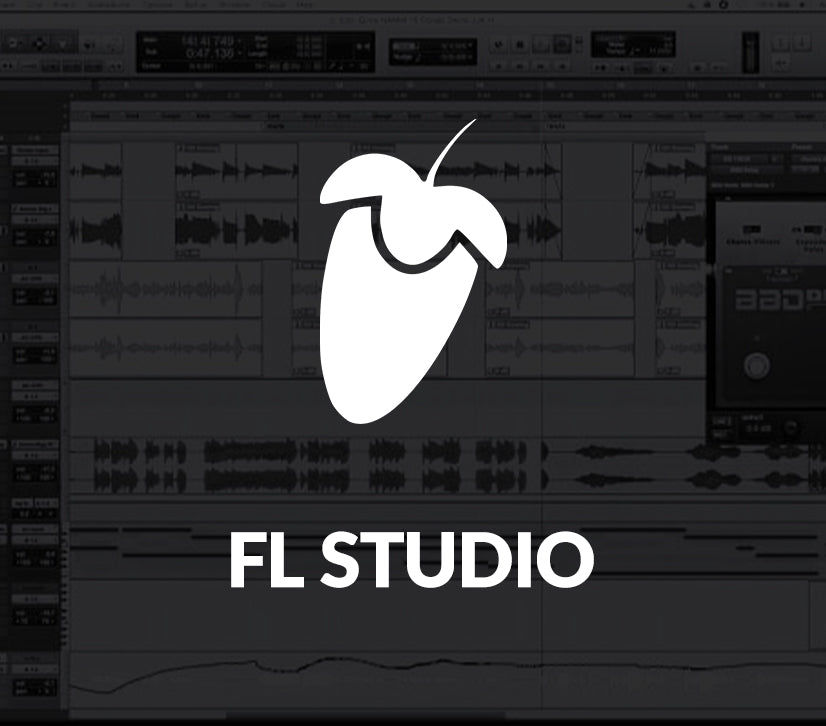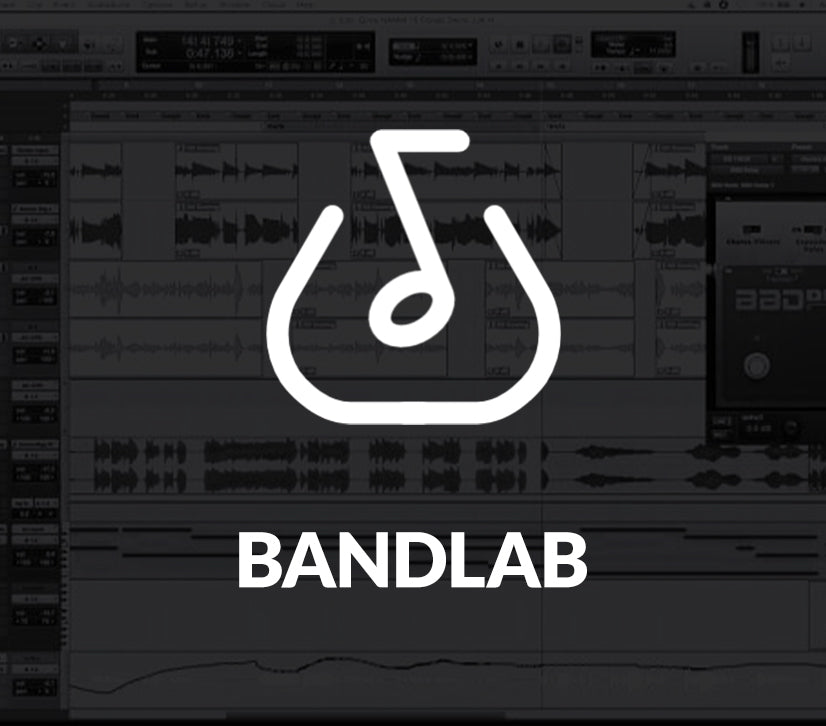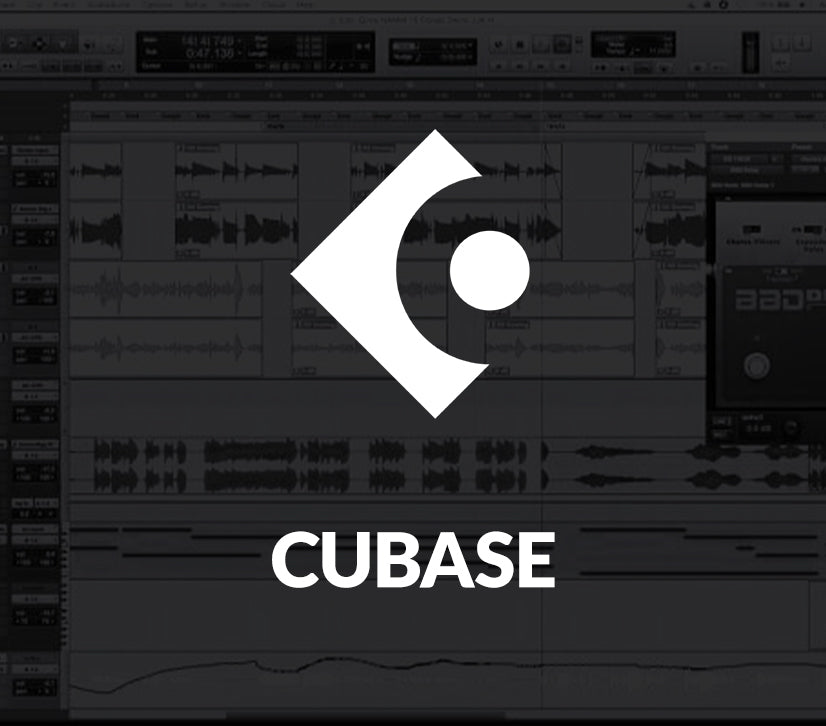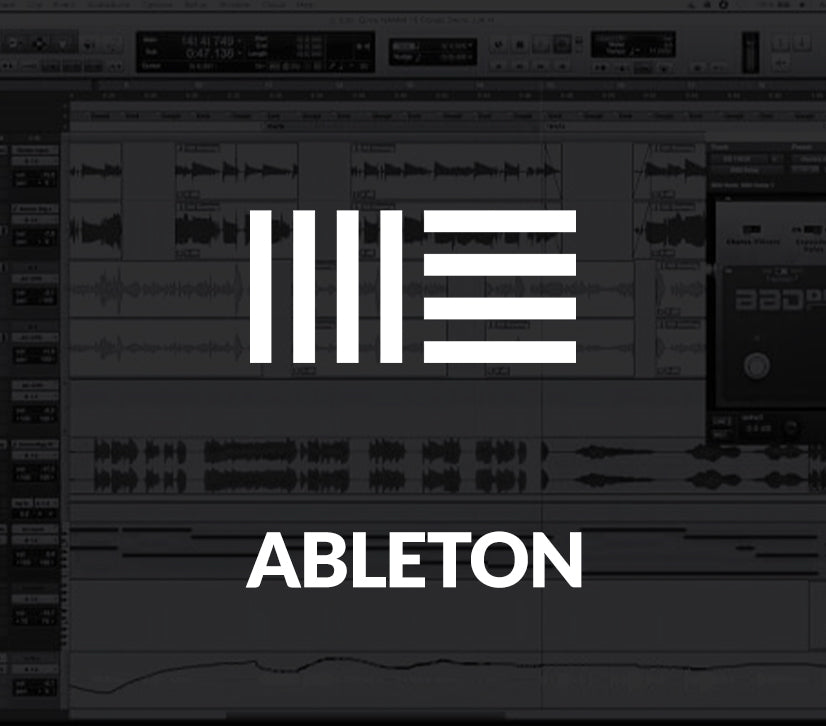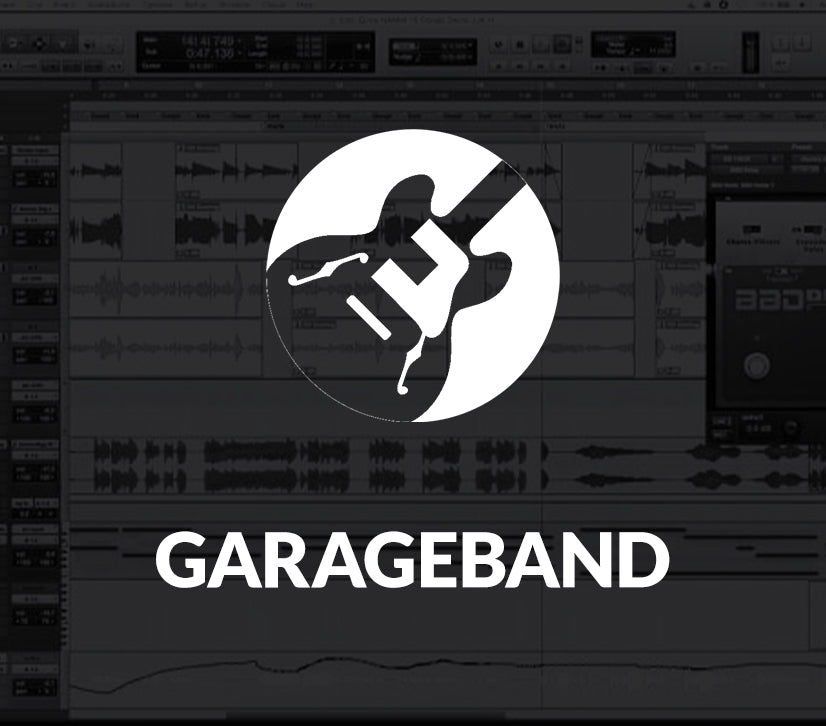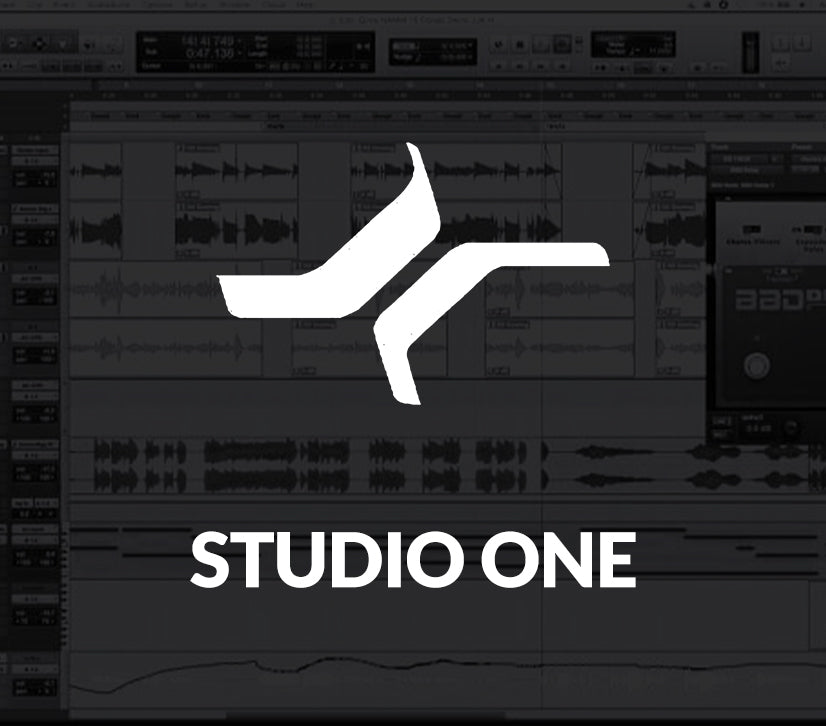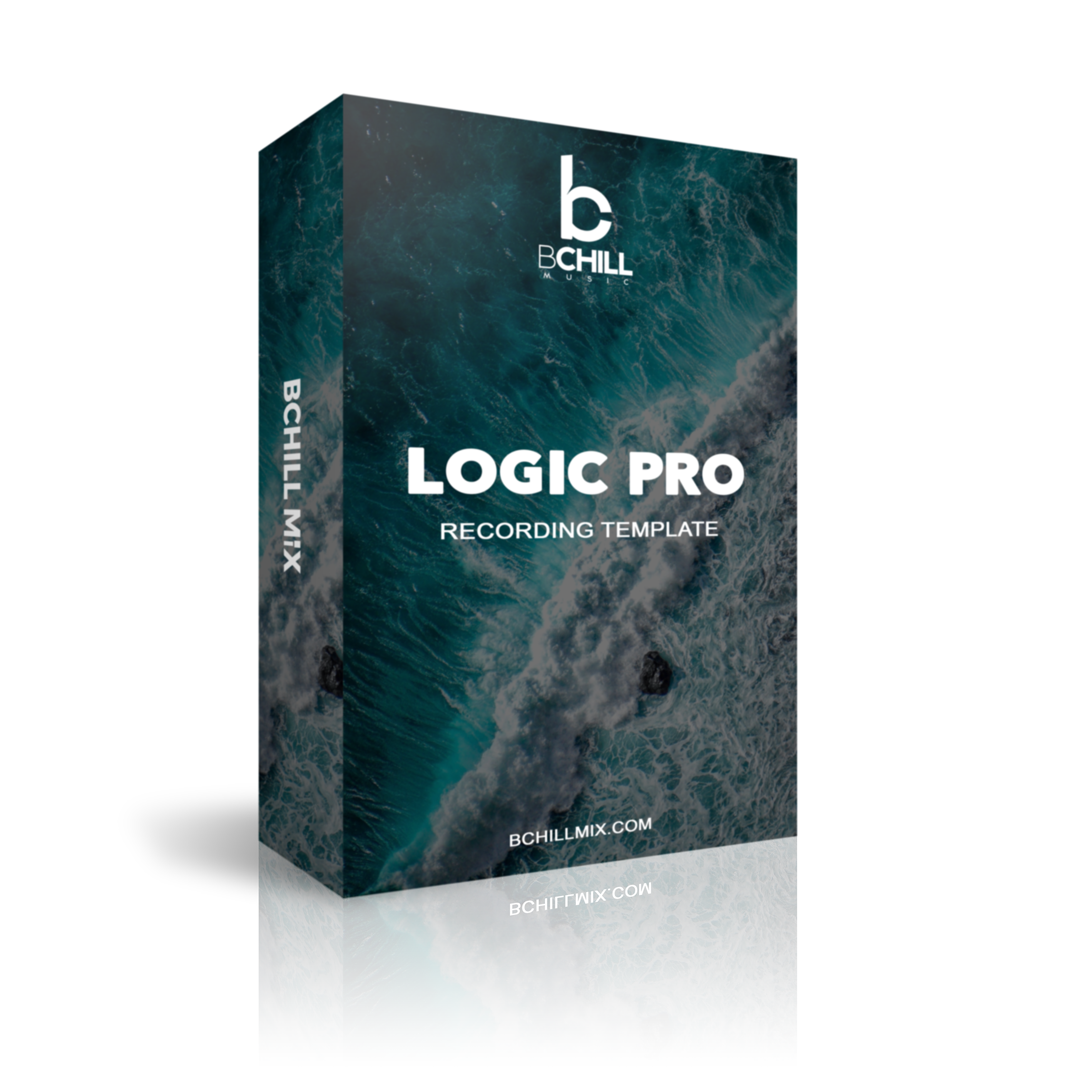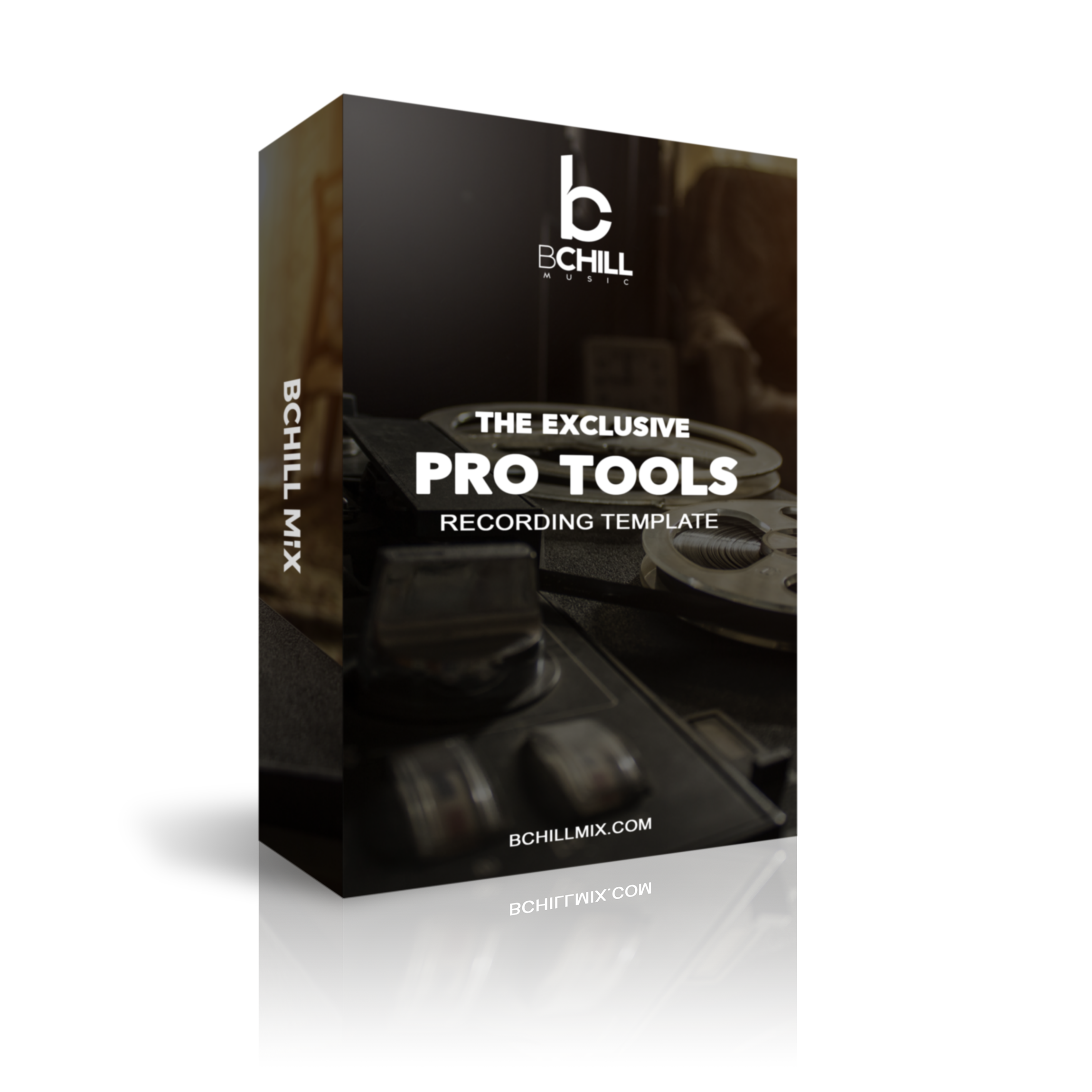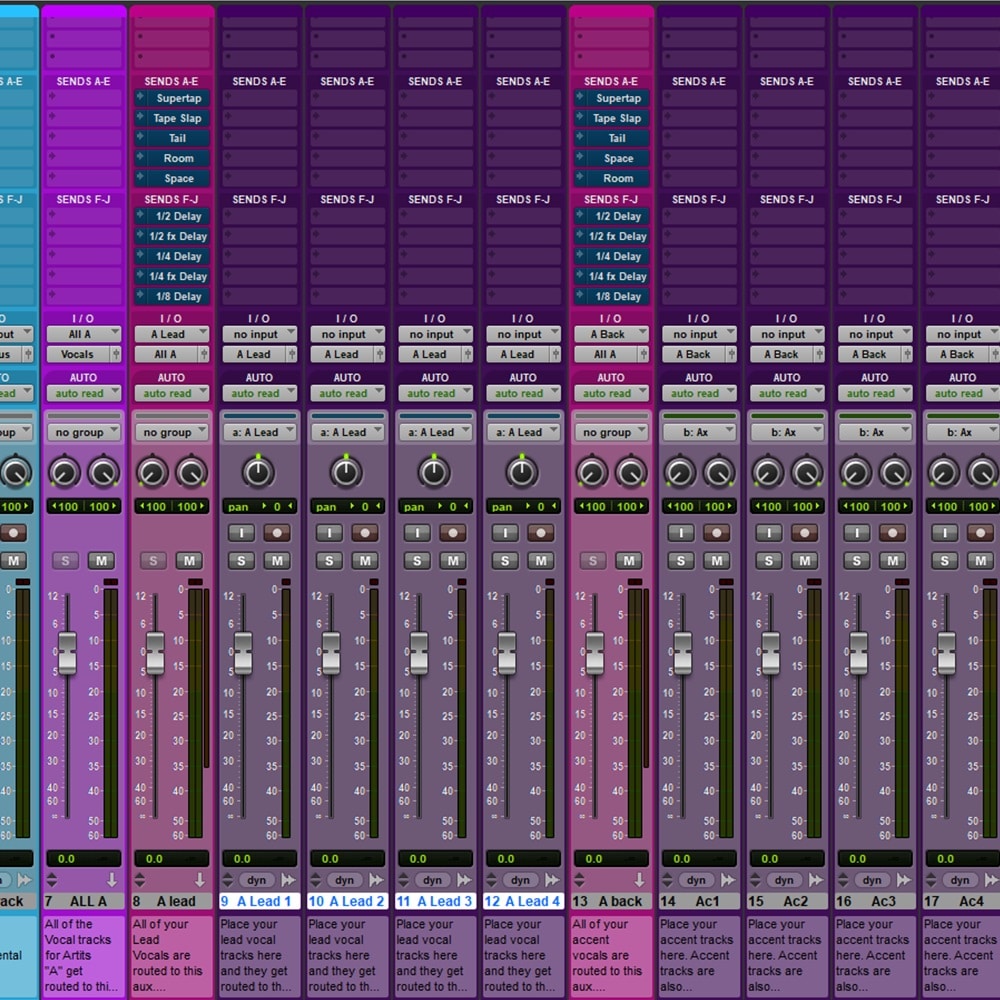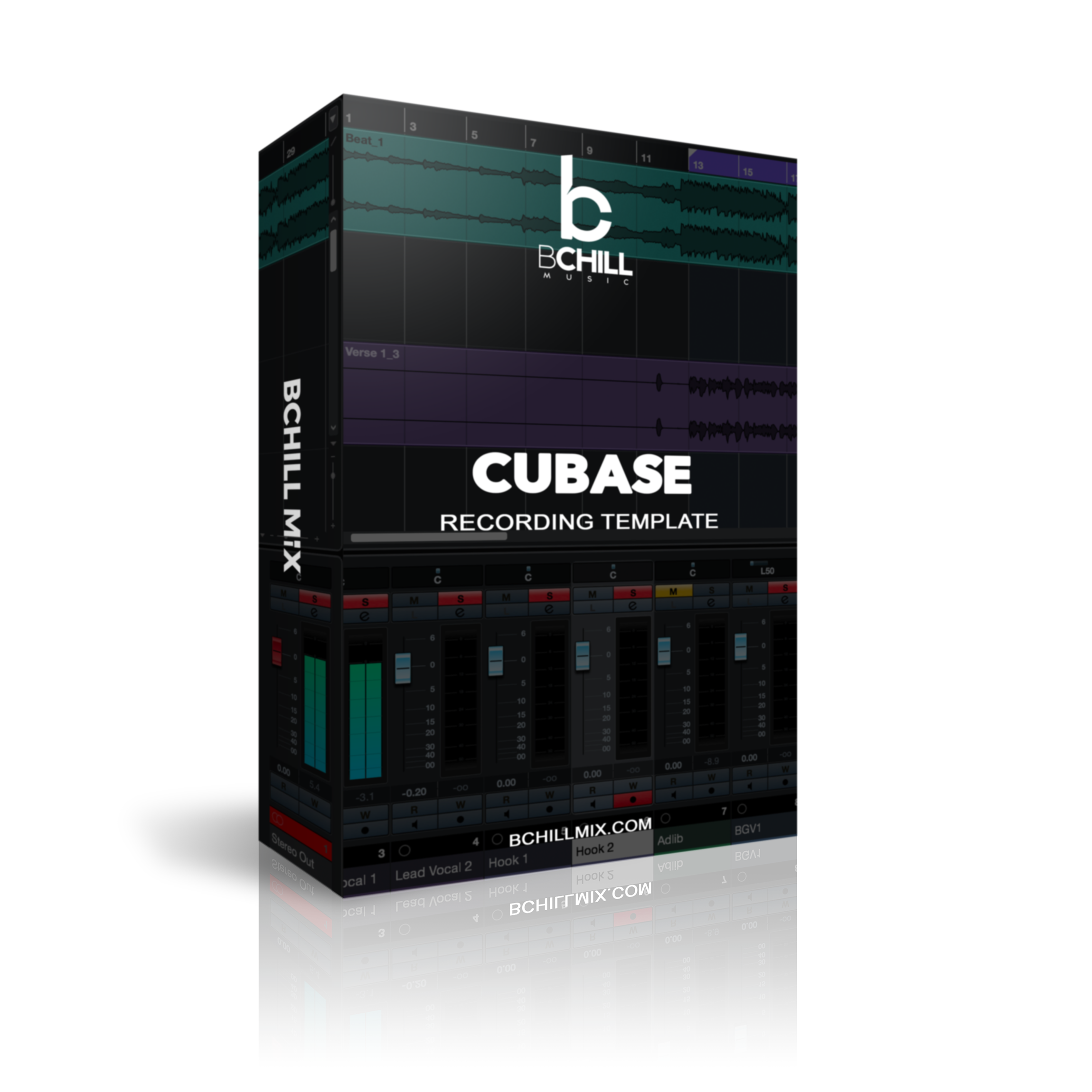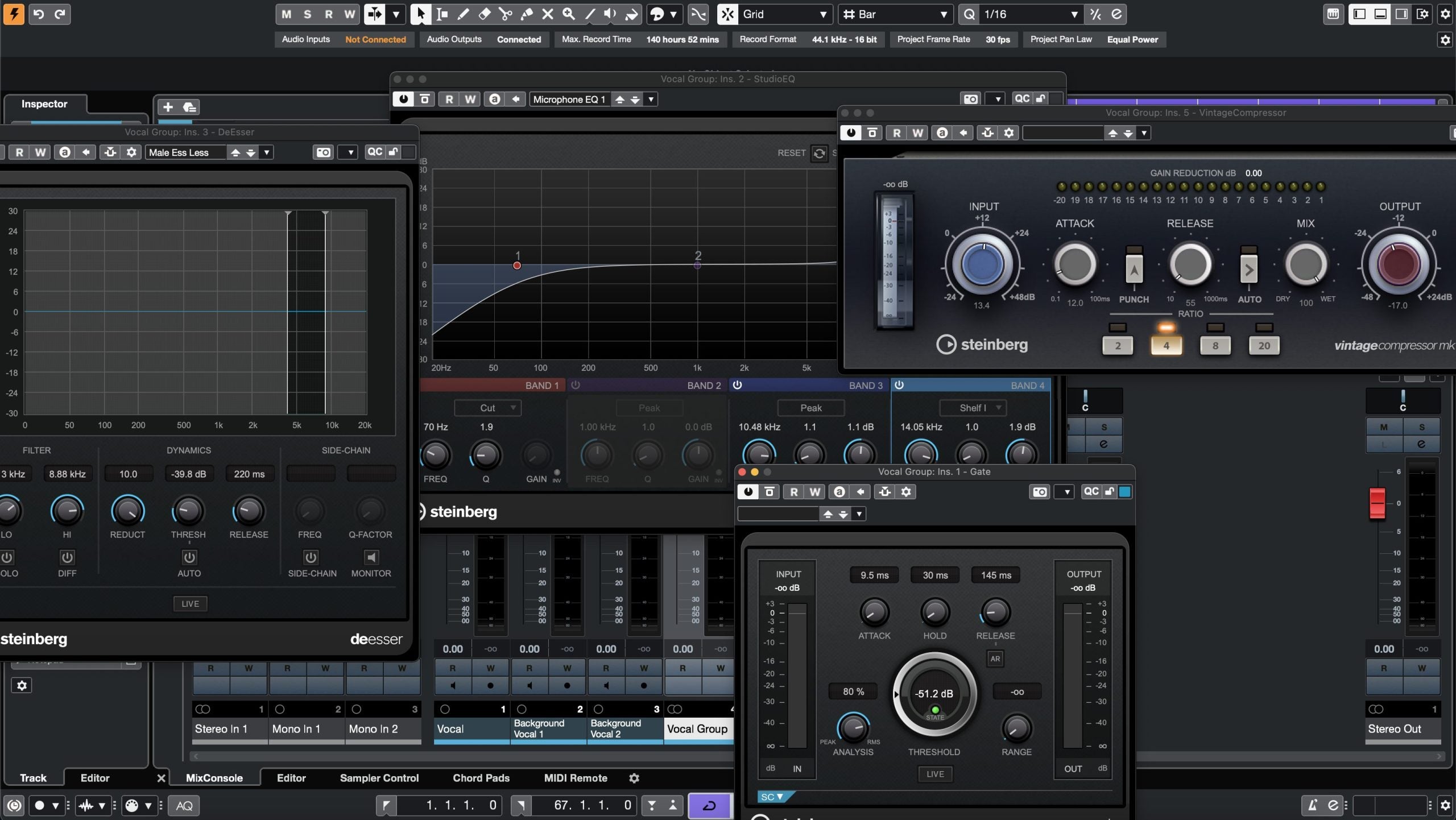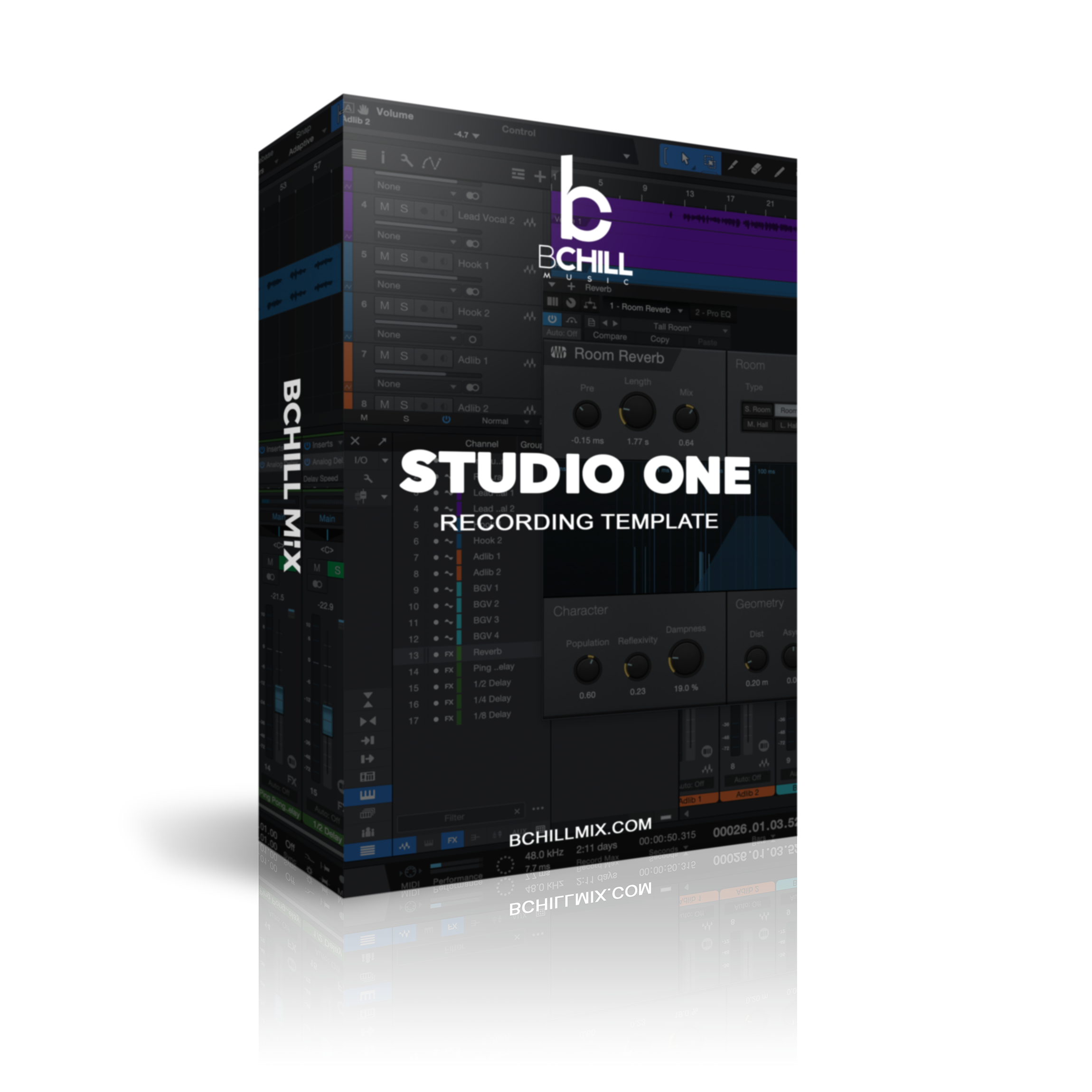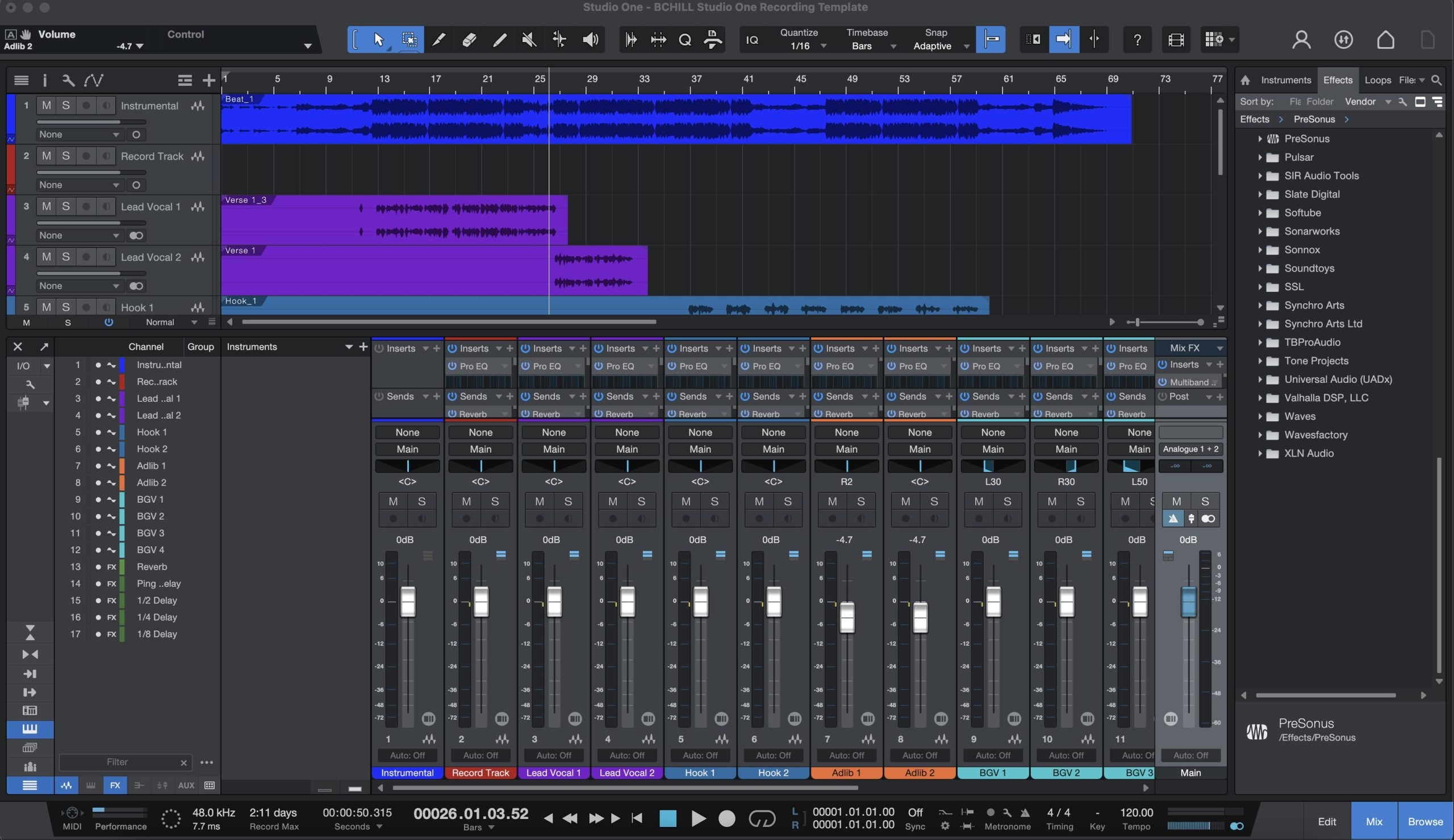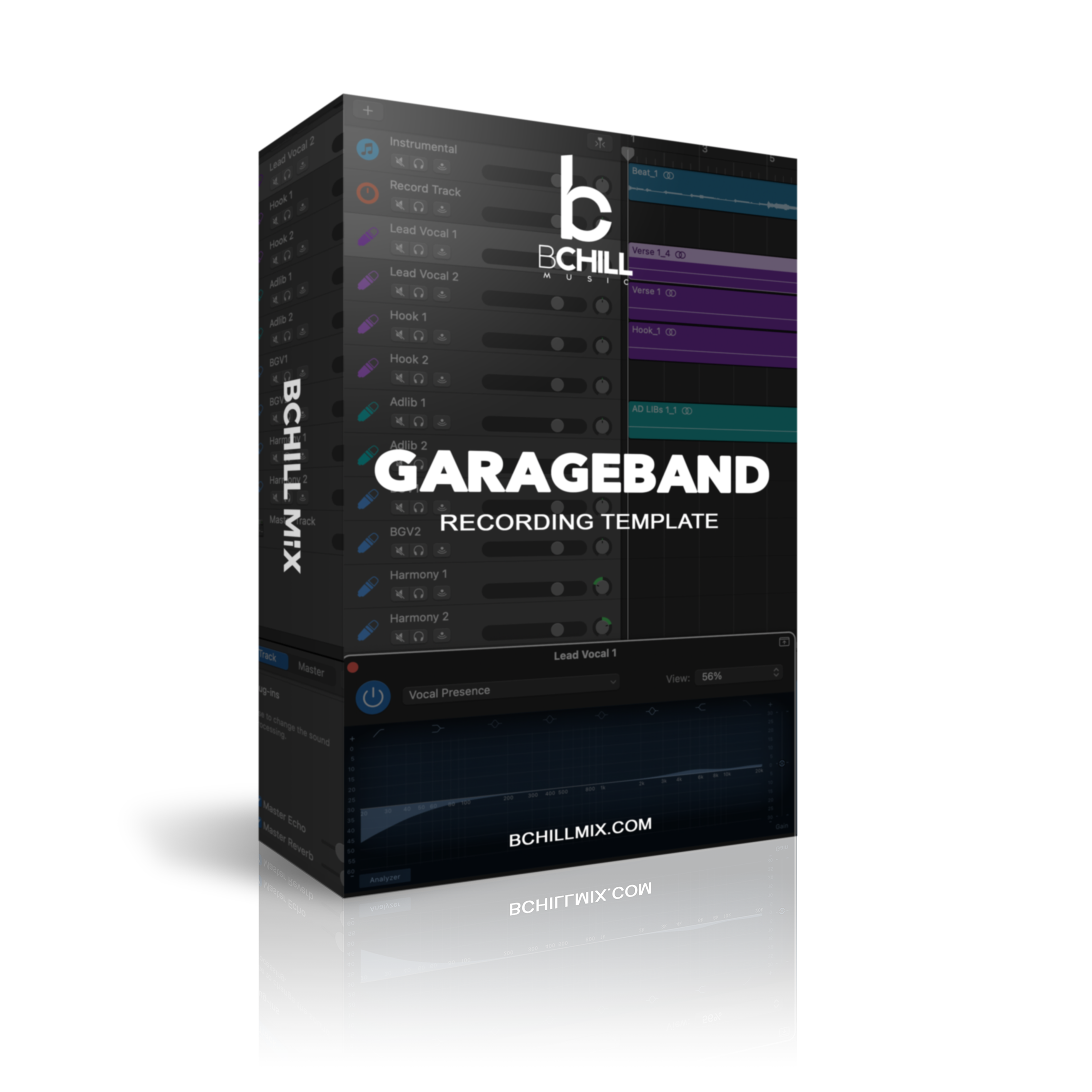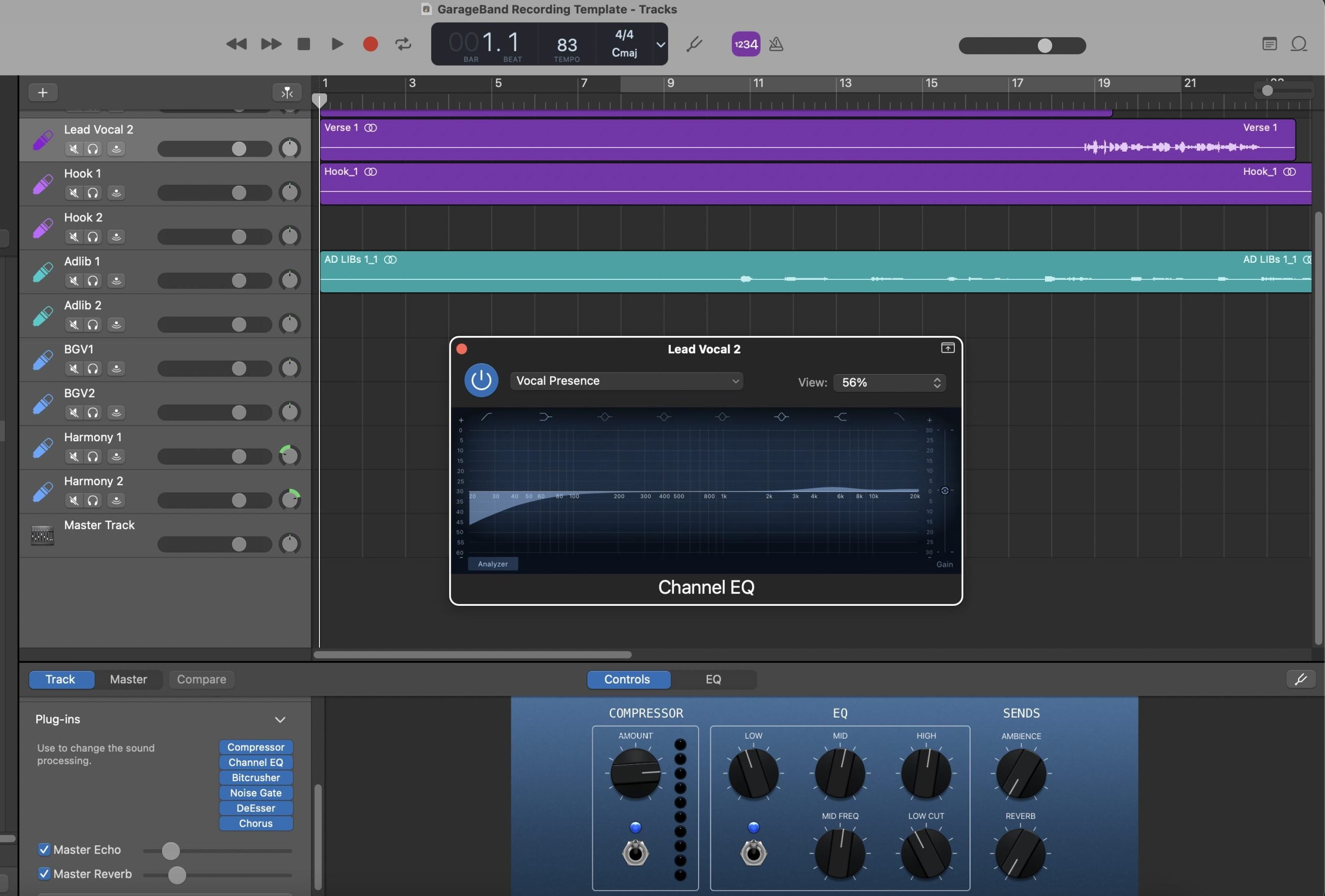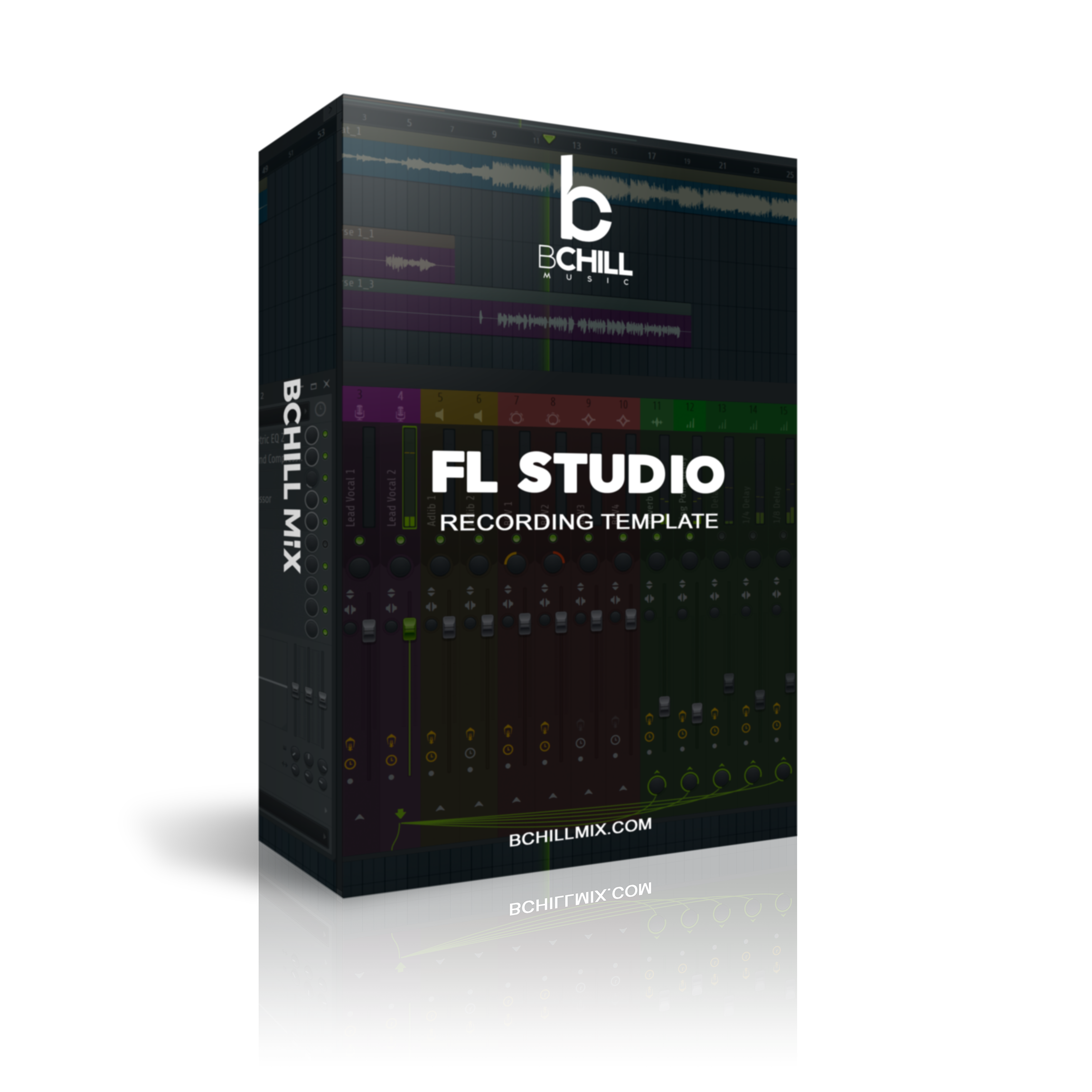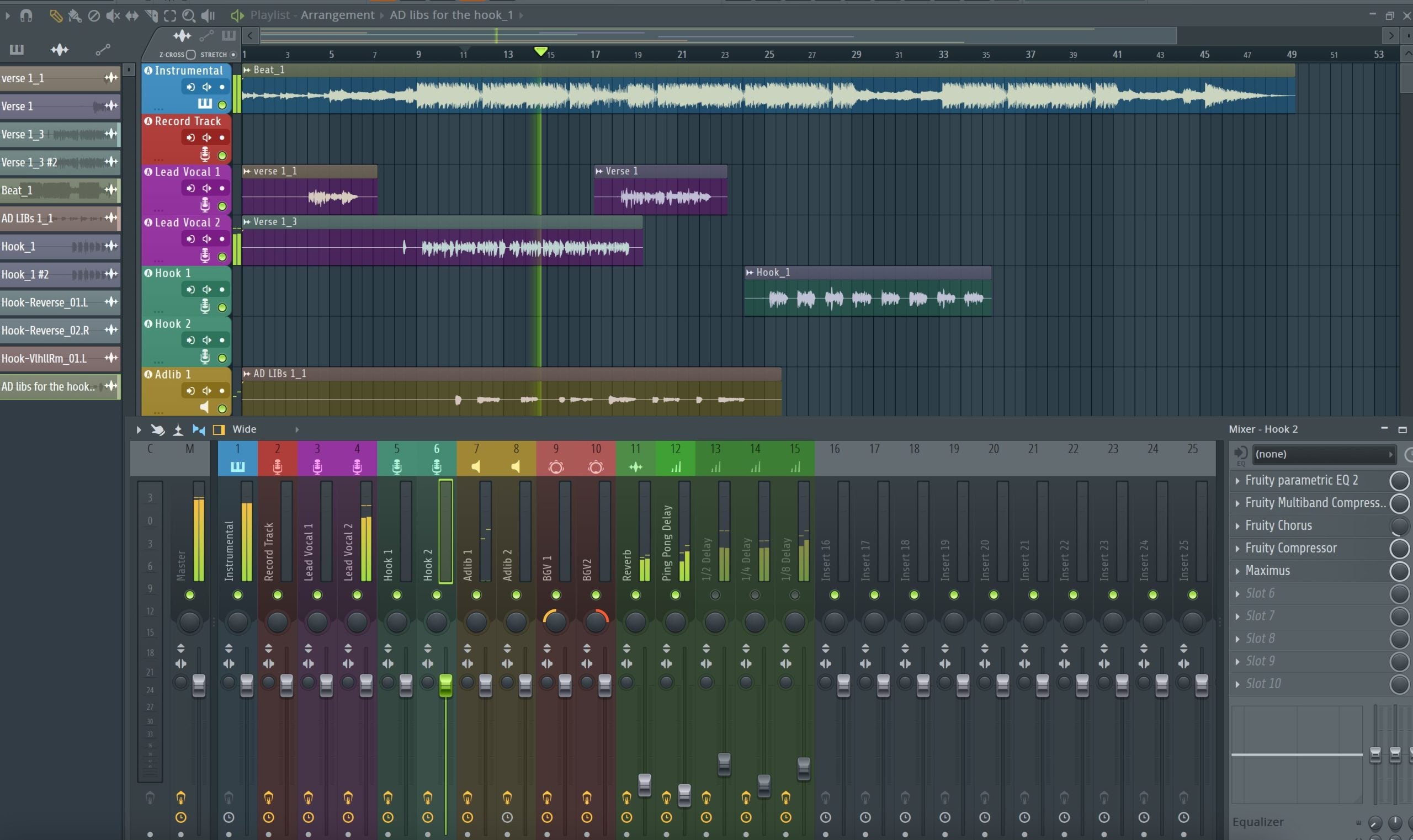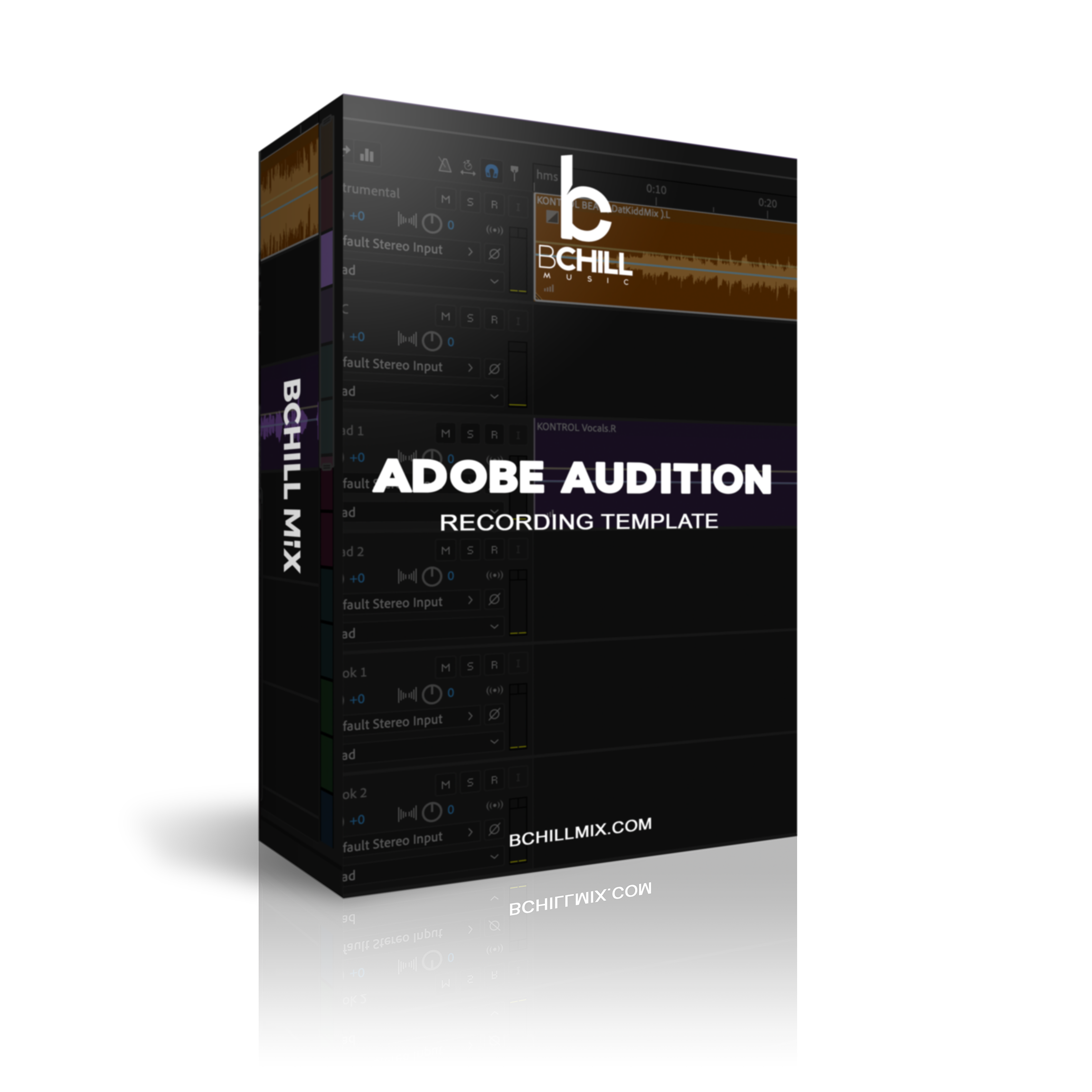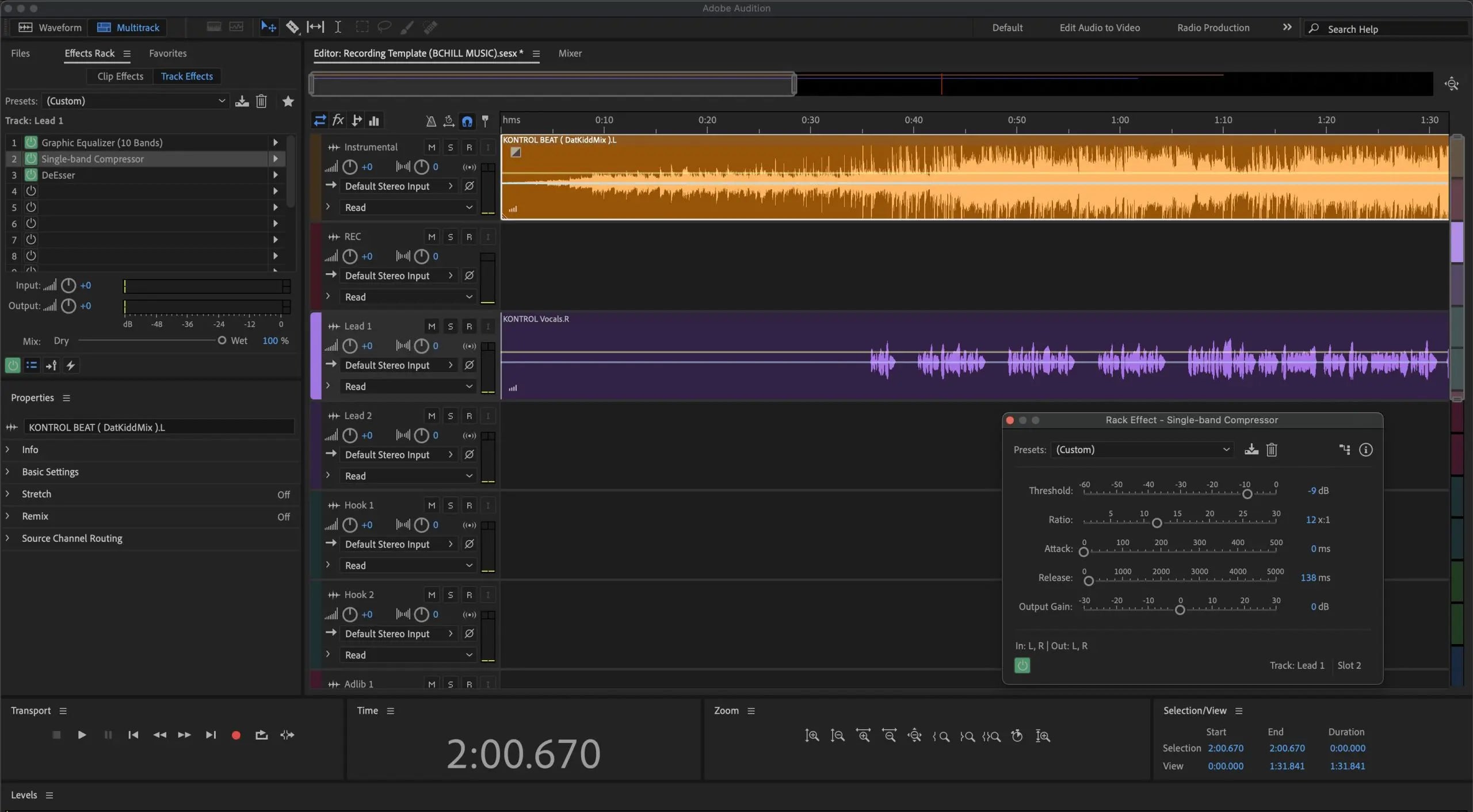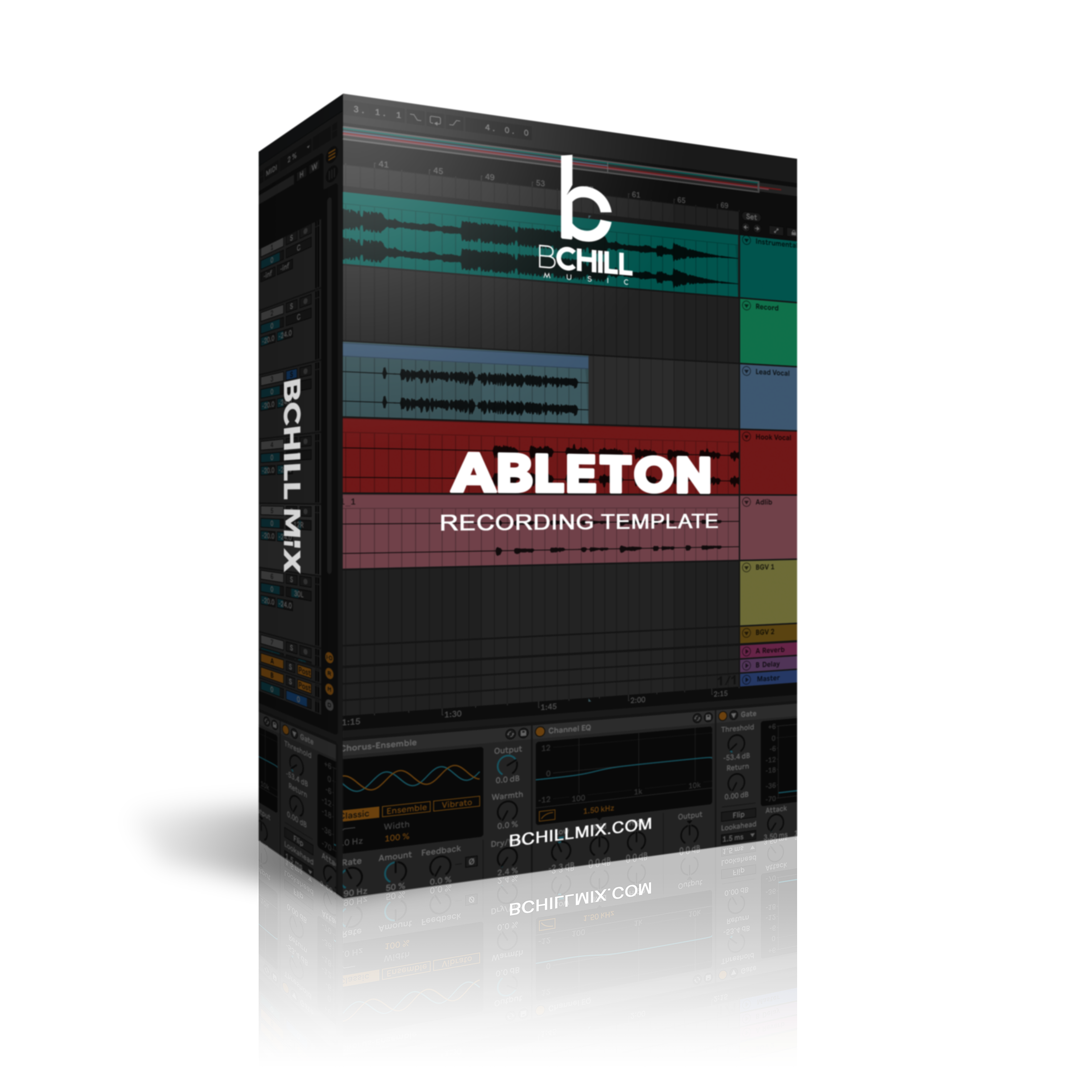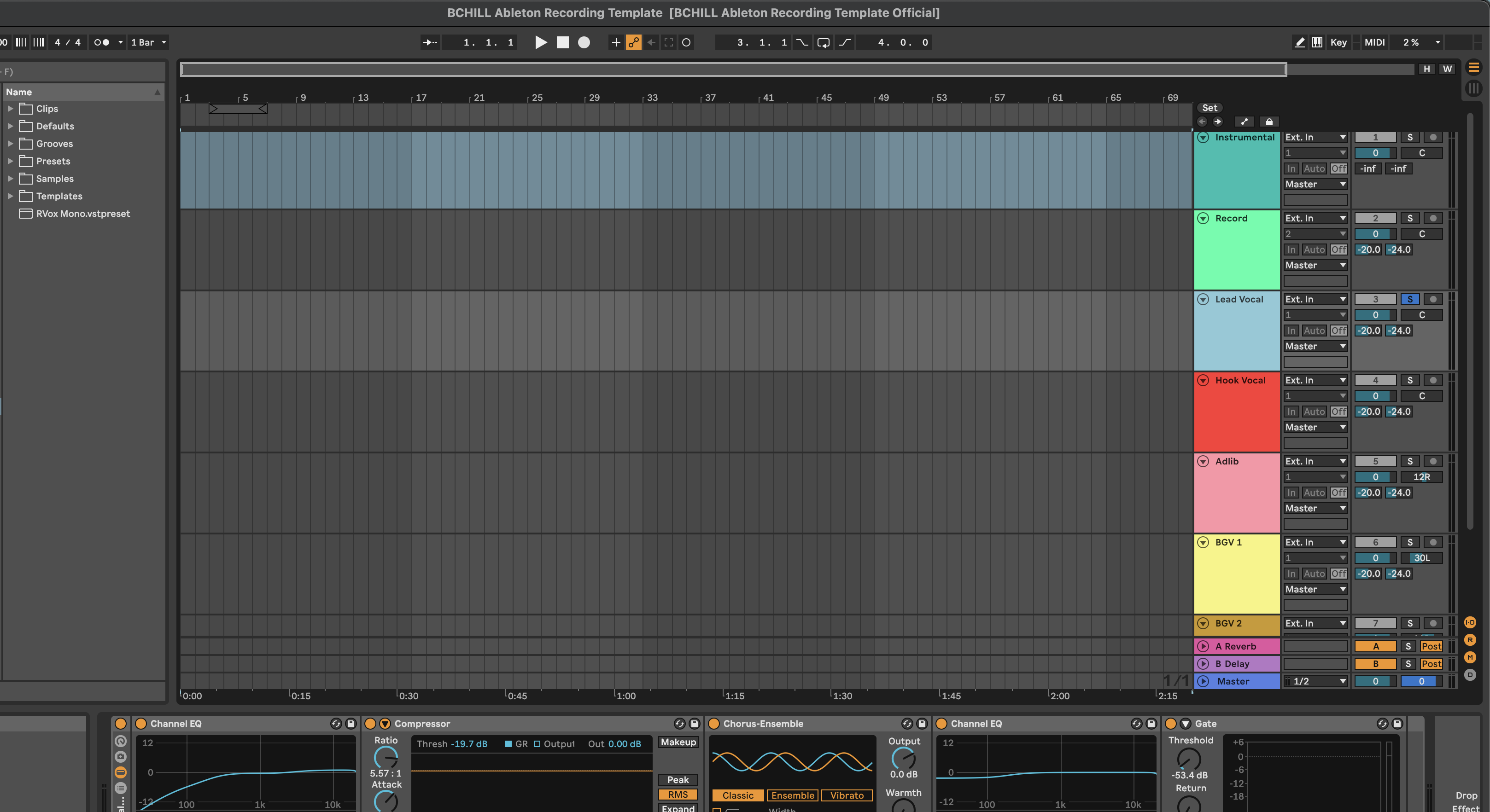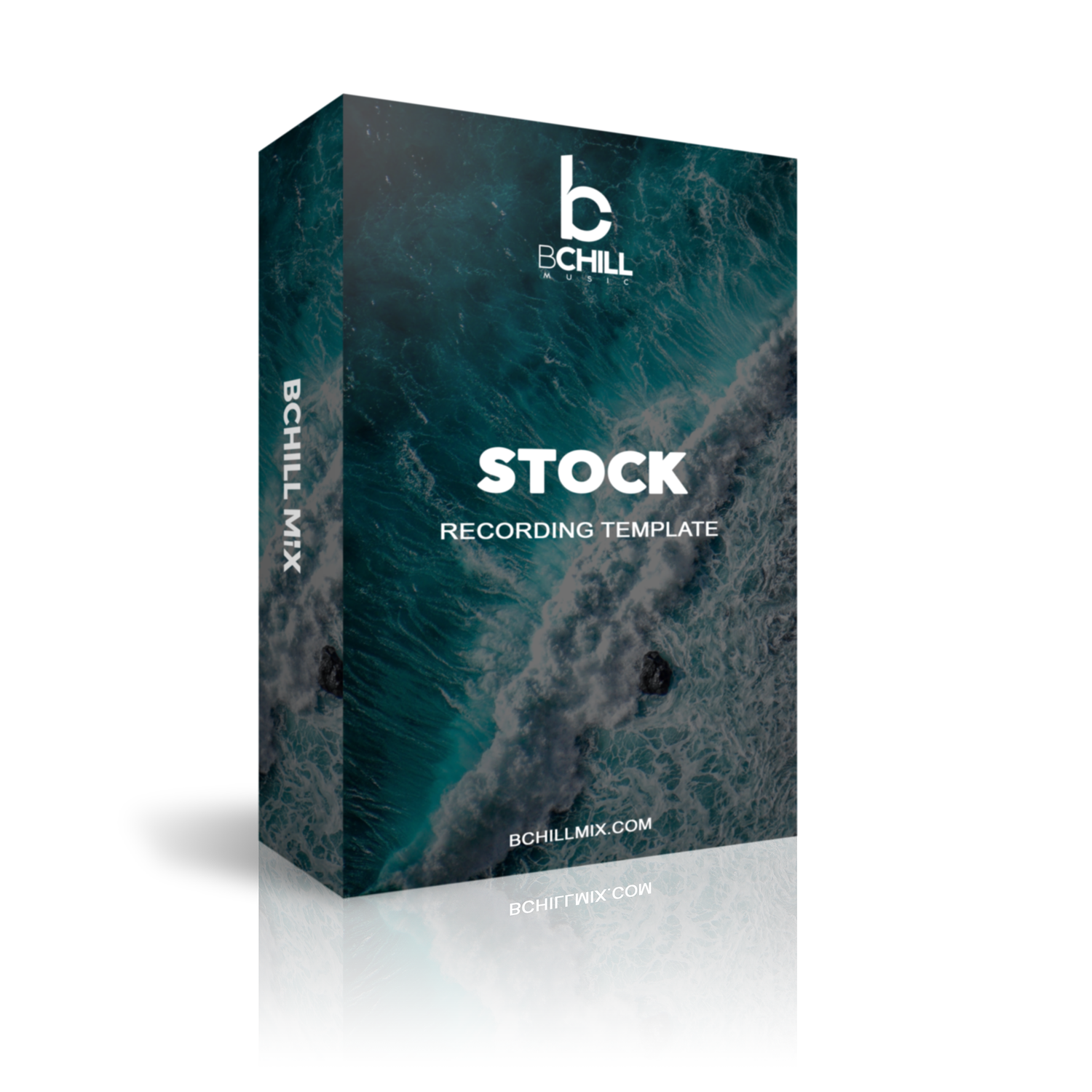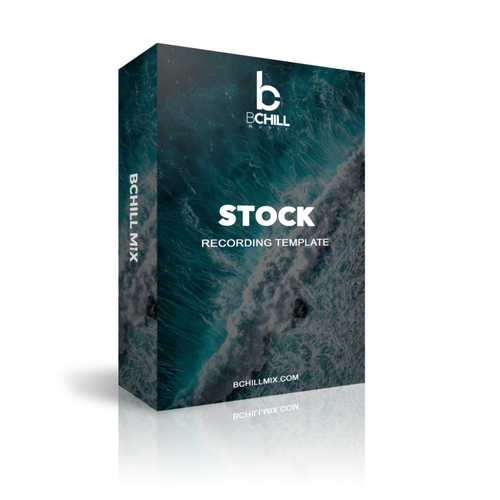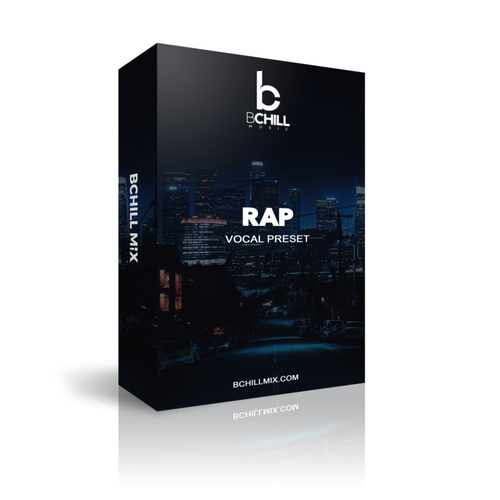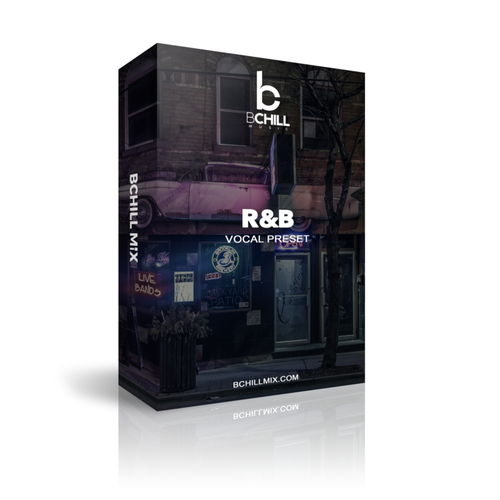Plantillas y preajustes
Selecciona tu DAW a continuación para explorar los Presets Vocales adaptados a tu configuración.
Los más vendidos
Tipo: Plantilla de Grabación
Plantilla de grabación de Logic Pro (Plugins de stock)
Tipo: Plantilla de Grabación
La Plantilla de Grabación Pro Tools Exclusiva (Plugins de Stock)
Tipo: Plantilla de Grabación
Plantilla de grabación de Cubase (Plugins de stock)
Tipo: Plantilla de Grabación
Plantilla de grabación de Studio One (Plugins de stock)
Tipo: Plantilla de Grabación
Plantilla de grabación de GarageBand (Plugins de stock)
Tipo: Plantilla de Grabación
Plantilla de grabación de FL Studio (Plugins de stock)
Tipo: Plantilla de Grabación
Plantilla de grabación de Adobe Audition (Plugins de stock)
Tipo: Plantilla de Grabación
Plantilla de grabación de Ableton Live (Plugins de stock)
Construye tu propia cesta
Transforma Tu Sesión En Segundos




Créditos de la Industria

Westside Boogie

Shontelle

Jarren Benton

DJ Tunez

Vory

Caskey

Rittz

Nia Riley

Eugy

Q Parker
Acerca del Ingeniero

Acerca del Ingeniero
¡Hola! Soy Byron Hill, un productor musical profesional e ingeniero de mezcla con más de 15 años de experiencia, basado en Atlanta, GA. He trabajado con miles de clientes en todo el mundo en una amplia gama de géneros, desde artistas independientes hasta talentos de grandes sellos. Mis créditos incluyen trabajo con Westside Boogie, Vory, Shontelle, DJ Tunez, Jarren Benton y Ritz, así como creadores y marcas como Daryl Mayes, SeanDoesMagic y Chubbies Clothing.
A lo largo de los años, he desarrollado un oído entrenado para crear cadenas vocales que ofrecen un sonido limpio, equilibrado y profesional, sin importar el género o DAW. Cada preset en esta colección está construido con el mismo objetivo: ayudarte a moverte más rápido, sonar mejor y dar vida a tu voz con claridad, confianza e intención.
Escucha nuestro Trabajo
R&B
Antes de
Después de
Rap
Antes de
Después de
Popular
Antes de
Después de
Alma
Antes de
Después de
Roca
Antes de
Después de
Latino
Antes de
Después de
Preguntas frecuentes
¿Son estos ajustes amigables para principiantes?
¿Son estos ajustes amigables para principiantes?
Sí — cada preajuste está optimizado para funcionar al instante. Solo arrastra, suelta y comienza a grabar. Ya sea que estés comenzando o ya grabando regularmente, estos preajustes te ayudan a estar listo para mezclar el sonido de inmediato.
¿Necesito algún complemento de terceros para usar estos ajustes preestablecidos?
¿Necesito algún complemento de terceros para usar estos ajustes preestablecidos?
Ofrecemos tanto versiones de plugin de stock (no se requieren plugins adicionales) como versiones premium (que utilizan herramientas de terceros estándar de la industria). La descripción del producto enumera claramente cualquier plugin requerido.
¿Puedo usar estos para cantar, rapear o ambos?
¿Puedo usar estos para cantar, rapear o ambos?
¿Qué tan rápido recibo mis archivos después de la compra?
¿Qué tan rápido recibo mis archivos después de la compra?
Presets de Vocales: Guía Práctica
I. Introducción a los Presets Vocales
Los lanzamientos modernos se basan en la velocidad y la consistencia. En lugar de reconstruir una cadena completa para cada sesión, los creadores cargan un preset para que la voz ya se sienta clara, controlada y lista para mezclar desde la primera toma. Esa es la idea central aquí: un punto de partida confiable que puedes ajustar para tu voz, micrófono y canción, ya sea que grabes en casa, en un estudio o en la carretera.
En esta página encontrarás opciones para cada DAW importante, además de plantillas de grabación complementarias que mantienen las sesiones organizadas. El objetivo es simple: reducir el tiempo de configuración, mantener el tono consistente a través de proyectos y enfocarse en el rendimiento y la disposición en lugar de la plomería.
II. ¿Qué es exactamente un preset vocal?
Un preset es una cadena de efectos guardada aplicada en un orden específico para que tu ruta de señal sea predecible. Una cadena equilibrada generalmente incluye:
- Modelado de tono: un suave filtro pasa-altos y pequeños movimientos de EQ quirúrgico para eliminar el retumbo y domar la aspereza.
- Control dinámico: uno o dos compresores para nivelar frases sin bombeo.
- Control de sibilancia: un de-esser antes del aclarado final para que las consonantes se mantengan suaves.
- Carácter y espacio: saturación opcional o excitador para presencia, y envíos a un retardo sincronizado con el tempo o una placa/habitación corta para profundidad.
Las cadenas bien hechas también estandarizan el nivel de ganancia para que tus maquetas se traduzcan en auriculares, monitores y teléfonos. La mayoría de los paquetes incluyen variaciones para voces principales, dobles, armonías y ad-libs, además de un diseño de bus vocal si te gusta el procesamiento grupal.
III. Por qué usar presets (Beneficios y cuándo ayudan)
- Velocidad: omite la configuración repetitiva y captura ideas mientras la inspiración está fresca. Esto es importante para estudios caseros y flujos de trabajo de contenido donde saltas entre proyectos rápidamente.
- Consistencia: una cadena calibrada mantiene el tono alineado a través de sencillos y EPs, lo que hace que los lanzamientos se sientan cohesivos.
- Enfoque: con el camino técnico en su lugar, puedes dedicar más tiempo al rendimiento, dobles/ad-libs y decisiones creativas.
- Traducción: las cadenas están diseñadas para mantenerse inteligibles en altavoces pequeños así como en sistemas de rango completo, por lo que los ciclos de retroalimentación son más cortos.
- Portabilidad: las opciones de stock-plugin aseguran que tu configuración se abra correctamente en cualquier computadora compatible sin herramientas faltantes.
Donde brillan: sesiones de escritura rápidas, colaboraciones remotas, contenido de creadores (cortos/reels), manteniendo un tono constante a lo largo de una serie de lanzamientos, y cualquier flujo de trabajo donde quieras pasar de la idea a la toma en minutos.
IV. Tipos de Presets (Por DAW, Estilo y Herramientas)
Por DAW: los paquetes están diseñados para los dispositivos y el enrutamiento dentro de cada plataforma, por lo que los medidores, nombres y comportamientos coinciden con lo que ves mientras grabas y mezclas. Explora opciones enfocadas para
Presets vocales de Ableton y
Presets vocales de FL Studio, o explora otros DAWs desde el menú de arriba.
Por estilo: las cadenas enfatizan diferentes balances:
- Rap / trap: dinámicas ajustadas con claridad en los medios altos; a menudo un slap corto o una placa pequeña para agregar energía sin lavado.
- R&B / soul: agudos suaves, compresión más suave, mayor ambiente para profundidad y amplitud.
- Pop: agudos brillantes pero controlados, retrasos bloqueados por el tempo para un espacio que apoya el groove.
- Voces claras / hablando: tono neutro y nivel estable para ganchos, podcasts o locuciones.
Stock vs. premium: las cadenas de stock dependen de los dispositivos integrados de tu DAW para máxima compatibilidad y cero licencias adicionales. Las cadenas premium pueden incorporar herramientas de terceros populares para un modelado de tono más fino o un “color” distintivo. Muchos artistas mantienen ambos: stock para portabilidad y premium para el pulido final en un equipo familiar.
V. Instalar y comenzar rápidamente (Cross-DAW)
- Descarga y descomprime. Mantén los archivos de presets y cualquier plantilla de sesión juntos en una carpeta claramente etiquetada para tu DAW.
- Carga la cadena. Arrastra el archivo a la ventana de tu DAW o a una pista vocal, o elígelo desde tu administrador de presets si tu DAW admite ese flujo.
- Establece una entrada saludable. Graba una frase de prueba corta y apunta a picos alrededor de −10 a −6 dBFS. Evita el clipping en la interfaz; una vez que se clipa, no se puede reparar más tarde.
- Marca umbrales y de-ess. Baja los umbrales del compresor hasta que las líneas fuertes se reduzcan unos dB sin bombeo audible. Ajusta el de-esser para que “s” y “t” se mantengan suaves, no apagadas.
- Agrega espacio con envíos. Mantén los insertos mayormente secos mientras grabas para claridad y menor latencia, y mezcla una placa corta o un retraso sincronizado con el tempo con pequeñas cantidades de envío.
- Guarda tu versión. Cuando sientas que es adecuado para tu micrófono y voz, guarda una variación personalizada para que cada nuevo proyecto se abra con la misma base.
Notas rápidas sobre la ganancia: si la ganancia de maquillaje empuja los niveles demasiado alto, recorta con ganancia de clip o salida de efecto antes del siguiente dispositivo; apunta a un pico maestro sensato en las maquetas (alrededor de −6 a −3 dBFS) para que no estés persiguiendo la sonoridad mientras grabas; graba a 24 bits para tener margen y un piso de ruido limpio.
VI. Recetas Prácticas de Mezcla (Ajustes Rápidos que Funcionan)
Voz principal de rap: dos compresores ligeros en serie a menudo suenan más limpios que un pase pesado. Enfoca la presencia en el rango de 2–5 kHz, mantén un slap corto o una placa pequeña para energía, y automatiza los envíos de retraso hacia arriba ligeramente en los ganchos para elevar.
Rap melódico / trap: mantén el extremo superior brillante pero suave. Si añades un excitador, síguelo con un de-ess para que las consonantes se mantengan controladas. Capa los ad-libs con un paso alto ligeramente más alto y un toque más de de-ess para mantener las pilas ordenadas.
R&B / soul: elige un ataque/liberación más suave en la compresión, añade un estante de aire suave y usa una ambientación más amplia. Un pre-retardo más largo puede dar profundidad sin enmascarar la letra. Para fondos, aplica un paso alto un poco más alto y amplía con retornos de retraso sutiles y sincronizados con el tempo.
Pop: pule la parte superior mientras mantienes la sibilancia bajo control. Usa retrasos rítmicos para el espacio en lugar de reverb pesada; una sala pequeña puede “pegar” la voz en arreglos densos. Siempre compara decisiones a un volumen igualado.
Voces claras / podcast: prioriza la inteligibilidad y el control de ruido. Usa compresión transparente, de-ess moderado y una sala muy sutil si lo seco se siente antinatural. La técnica supera al procesamiento: la distancia constante del micrófono, un filtro anti-pop y una sala tranquila superan a los efectos pesados.
Soluciones rápidas:
- ¿Agudo? Suaviza el estante alto 1–2 dB y relaja el umbral de de-ess.
- ¿Voz principal enterrada? Añade 1–2 dB en la región de presencia vocal y reduce el envío de reverb.
- ¿Pilones turbios? Usa dobles/armonías de paso alto más altos que la voz principal y añade un toque más de de-ess.
- ¿Demasiado espacioso? Comienza los envíos bajos y automatiza hacia arriba solo para ganchos y ad-libs.
VII. Preajustes vs. Plantillas de Grabación (Flujo de Trabajo)
Los preajustes dan forma al tono y la dinámica en una pista o bus vocal; las plantillas de grabación proporcionan el diseño completo de la sesión: pistas pre-nombradas (Voz principal, Dobles, Armonías, Ad-libs), codificación por colores, enrutamiento, conceptos básicos de cue y envíos listos, para que puedas pasar de la idea a la toma con una configuración mínima y mantener proyectos más grandes organizados. Muchos artistas dependen de ambos:
- Una cadena ágil y consistente para grabar en cualquier lugar.
- Una plantilla de sesión reutilizable para que cada proyecto se abra con estructura y espacio.
Si estás construyendo un proceso repetible, considera emparejar esta colección con nuestra configuración cruzada de DAW aquí: Plantillas de Grabación (Plugins de Stock). Para cadenas específicas de DAW, comienza con opciones enfocadas como preajustes vocales de Ableton o preajustes vocales de FL Studio, luego guarda tus propias variaciones “Brillante / Neutral / Suave” para que cada nueva canción comience cerca del sonido objetivo.
Última actualización: agosto de 2025 · Autor: Byron Hill (BCHILL MIX)
Dentro del DAW: Capturas de Pantalla de la Sesión Vocal
Un recorrido simple por sesiones centradas en la voz—diseño de pistas, codificación por colores, buses y la vista del mezclador. Estas imágenes son ilustrativas y agnósticas a la plataforma; muestran el flujo de trabajo general y la configuración de la plantilla.





